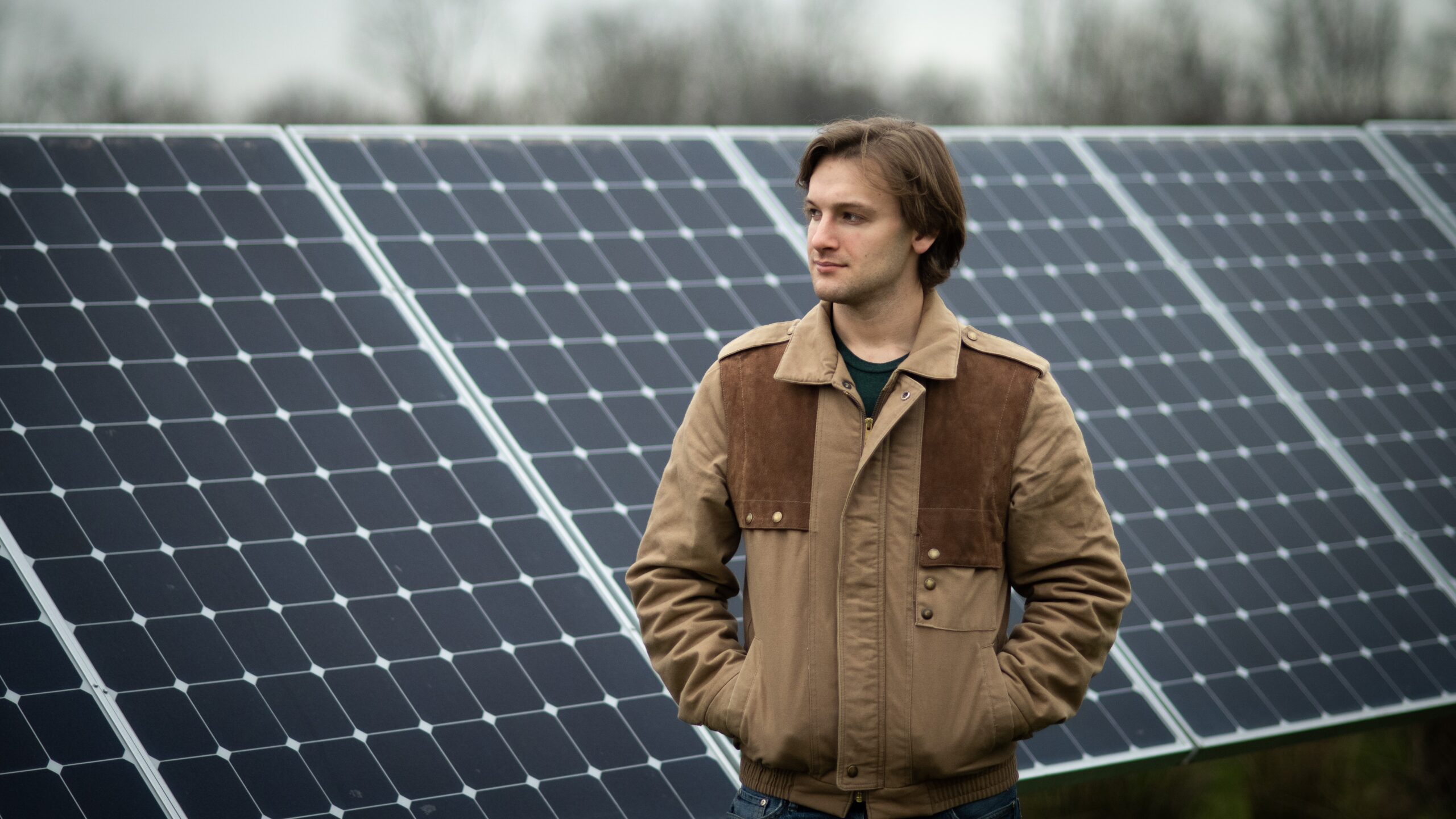
Linking two solar technologies is a win-win for efficiency and stability
By
on
Solar cells made with crystals called perovskites are one such technology that have rapidly emerged as an appealing, low-cost add-on, but perovskite cells are notoriously susceptible to voltage-induced changes — the shade cast from an overhanging tree branch or nearby plant can zap an entire module within minutes.
Now, researchers from Princeton University and the King Abdullah University of Science and Technology (KAUST) have connected the well-established silicon solar cell with the up-and-coming perovskite in a tandem solar cell to not only boost overall efficiency, but also to strengthen stability. The results, reported in Joule on Sep. 5, illustrate that the connection protects the frail perovskite solar cell from voltage-induced breakdown while attaining greater efficiencies than either cell can achieve on its own.
“Tandem solar cells have already demonstrated power conversion efficiencies that are greater than either silicon or perovskite solar cells alone,” said Barry Rand, research leader and professor of electrical and computer engineering and the Andlinger Center for Energy and the Environment. While best-in-class efficiencies for silicon and perovskite solar cells have hovered around 27% and 26%, respectively, tandem devices have demonstrated efficiencies over 33% in less than a decade of research. “We thought that in addition to their higher efficiencies, tandem solar cells could also solve some of the stability challenges facing perovskites by linking them with silicon cells, which are much more stable.”
To test their hypothesis, the researchers built three strings of solar cells: one containing only silicon solar cells, one with only perovskites, and one composed of tandem solar cells, with the two technologies connected in a series. The researchers then shaded one of the cells in the string to simulate the partial shading conditions that a solar array may encounter at least once in its decades-long lifespan.
Such partial shading usually spells doom for perovskites, as the still-illuminated cells force charge to flow through the now-shaded and inactive cell, quickly degrading both it and the entire module. Silicon solar cells, on the other hand, are much more resilient to voltage fluxes and can endure periods of partial shading with fewer issues.
As expected, the perovskite-only solar module quickly deteriorated after partial shading, while the silicon solar module was only minimally impacted. Interestingly, however, the tandem solar module was just as resilient as the silicon-only module, implying that by connecting the two solar technologies, the silicon cell was able to mask the frailty of the perovskite.
“When you combine two different materials to form a final product, usually it’s the weakest link that ends up determining the overall strength of the chain,” said co-author Stefaan De Wolf, professor of material science and engineering at KAUST. “But in this case, it’s actually the stronger component that protected the weaker one.”
The researchers said their findings demonstrate that partial shading — which has been a major obstacle to perovskite-only modules — may be a negligible concern for series-connected tandem solar devices.
The team also said that the findings bode well for the commercialization prospects of perovskites, because they imply that perovskites may have the most potential when deployed in complement with silicon solar cells, for which a mature manufacturing ecosystem already exists. Instead of having to build a competing manufacturing process, perovskites could be added onto the commercially proven production process for silicon solar cells.
While the team noted that several challenges in addition to partial shading remain to be solved before tandem solar cells achieve the lifespan expected of commercial solar technologies, such as their poor resilience to heat, they said that tandem devices could enable solar research to continue evolving after silicon solar cells hit their upper power conversion efficiency limits.
“If some other stability challenges can be solved, tandem solar cells could essentially take an already successful commercial technology and make it even better,” Rand said. “Our results make a strong case that tandem devices should be an all-hands-on-deck area for future solar research.”
The paper, “Reverse-bias resilience of monolithic perovskite/silicon tandem solar cells,” was published September 5 in Joule. In addition to Rand and De Wolf, co-authors include Zhaojian Xu of Princeton; Helen Bristow, Maxime Babics, Badri Vishal, Erkan Aydin, Randi Azmi, Esma Ugur, Bumin Yildirim, and Jiang Liu of the KAUST Solar Center; and Ross Kerner of the National Renewable Energy Laboratory (NREL).
The work was supported by KAUST under contract numbers OSR-CRG2020-4350, OSR-CARF/CCF-3079, and OSR-CRG2022-5035. The research was authored in part by NREL under contract number DE-AC36-08GO28308, and the researchers also received support from NREL’s Laboratory Directed Research and Development (LDRD) program.







